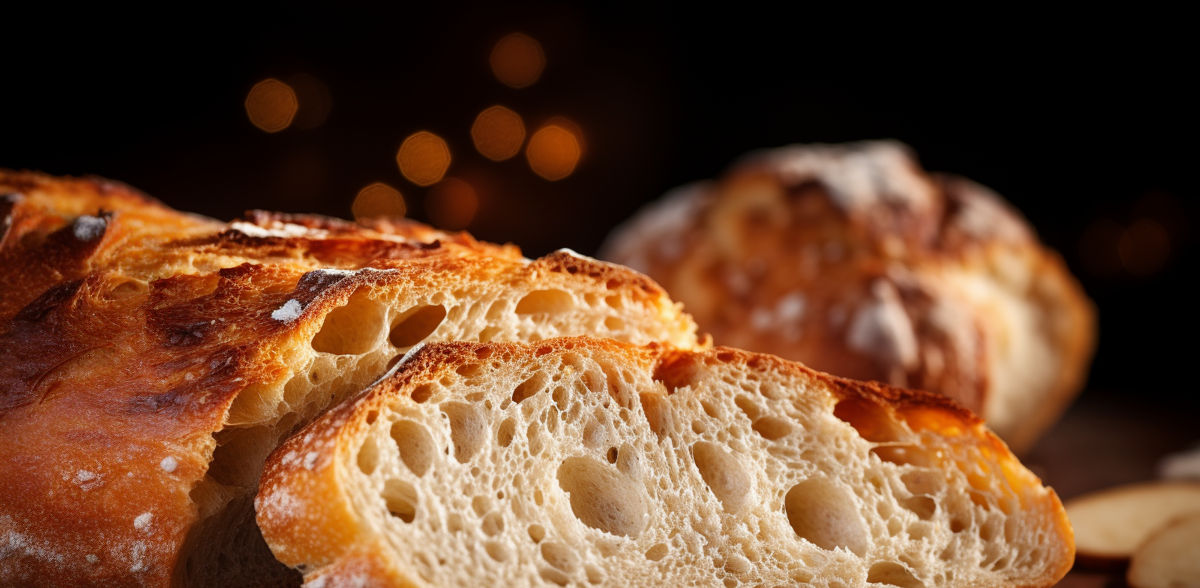Taste secret of sourdough bread decoded
Consistent quality of sourdoughs as a goal
Researchers at the Technical University of Munich (TUM) have succeeded in decoding the taste and smell of sourdough bread. In their measurements and analyses at the molecular level, they came across ten key flavor substances and an additional eleven key odor substances that made it possible to recreate the characteristic impression of sourdough bread crumb.
For the study, the researchers from the Department of Food Chemistry and Molecular Sensory Analysis at the TUM School of Life Sciences used the so-called sensomics concept, a combination of instrumental analytical techniques and sensory analyses. First author Laura Eckrich, who worked on the project as part of her doctoral thesis, expects the new findings to benefit the baking industry: "We hope that our findings and the quantification method we have developed will help bakers achieve consistent quality in their sourdoughs. For example, they can actively prevent bread from becoming too sour."
Salt as an important and problematic ingredient
In addition to sodium chloride, which is added to bread in the form of table salt, the researchers identified lactic acid and acetic acid as particularly value-adding flavor substances that are formed in the dough during sourdough fermentation by lactic acid bacteria and yeasts. Sourdough was already used in ancient Egypt for bread production. It is essentially a dough consisting of flour and water with live lactic acid bacteria and yeasts, which give the bread dough its typical odor and taste through fermentation, as well as providing bread volume.
The researchers also investigated how to reduce the salt content in bread in general, as it can contribute significantly to daily salt intake. The findings could help reduce the amount of sodium relevant to health while preserving the bread's unique flavor. Taste impressions were evaluated by trained human testers.
Note: This article has been translated using a computer system without human intervention. LUMITOS offers these automatic translations to present a wider range of current news. Since this article has been translated with automatic translation, it is possible that it contains errors in vocabulary, syntax or grammar. The original article in German can be found here.
Original publication
Other news from the department science

Get the chemical industry in your inbox
By submitting this form you agree that LUMITOS AG will send you the newsletter(s) selected above by email. Your data will not be passed on to third parties. Your data will be stored and processed in accordance with our data protection regulations. LUMITOS may contact you by email for the purpose of advertising or market and opinion surveys. You can revoke your consent at any time without giving reasons to LUMITOS AG, Ernst-Augustin-Str. 2, 12489 Berlin, Germany or by e-mail at revoke@lumitos.com with effect for the future. In addition, each email contains a link to unsubscribe from the corresponding newsletter.



























































